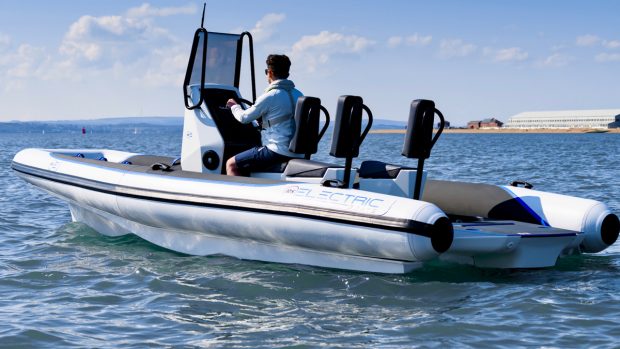You've decided where you want to take your boat, you've booked the time off work, and you've bought the pilot books and charts. It's time to put it all together in a passage plan. Robert Avis explains
You’ve decided where you want to take your boat, you’ve booked the time off work, and you’ve bought the pilot books and charts. It’s time to put it all together in a passage plan. Robert Avis explains
Planning checklist
As we get towards the end of this Day Skipper series, we can start to pull everything together: the whole point of learning the basics is so that we can now put them all together to formulate a passage plan. The success or failure of any cruise is the thought that goes into it before departure.
It is always useful to devise a checklist appropriate to your needs, which may include all or some the following:
TIME
What time do we want to arrive?
What time do we want to depart?
Are there tidal or locking constraints at either end?
Is the tidal stream going to affect us to any significant degree?
How long is the passage going to take?
Will a watch system be required?
Have we got enough fuel?
PEOPLE
Are there enough watch leaders with sufficient experience for a long passage?
Do we have plenty of food and water?
If there are children on board, are there sufficient means to keep them occupied?
NAVIGATION
Do we have the right charts and pilotage information available?
Do we have an alternative port available if things donÕt go according to plan?
Are the tidal streams being used to advantage? WEATHER
Have we got an up-to-date forecast?
Is the present weather conducive to this passage?
Is there any chance of a deterioration in the weather?
Helpful hints
Don’t forget time zones – especially if crossing the Channel.
Tides come from – winds blow to.
There is no such thing as a bad navigator – just a bad passage plan.
If your leading mark bears higher than expected, steer even higher to regain your planned track.
Daytime transits are not always visible at night.
The passage
Let’s consider a passage from Southampton to Cherbourg. It can be divided into three parts:
The pilotage out of Southampton as far as the Needles Fairway buoy.
The navigation passage across the English Channel.
The pilotage into Cherbourg.
Pilotage is a very personal business. Some will prepare a detailed notebook listing every buoy or mark to be passed with the distance and course to the next mark shown. Some may have a chart or pilot book in one hand and the steering wheel in the other, while those who know the area well may eyeball it. However you carry out your pilotage, give it some thought first: the navigation plan may need to be a little more formal.
Once out of sight of land, most will rely upon some form of electronic help. It is essential that you have a back-up system ready just in case – you may have to cope without the GPS.
Bearing this in mind, you may feel more comfortable planning to pass close to one of the mid-Channel marker buoys so that you have a positive reference at the halfway stage. If you decide to use a buoy as a waypoint in planning a passage, it is essential to use a waypoint nearby and definitely not the buoy’s exact position. The accuracy of differential GPS – soon to be freely available – could drive you straight into a buoy. When you consider that a large cardinal mark can weigh 15 tons, colliding with one really could spoil your whole cruise, not just your topsides.
Checking your plan
Having selected a series of waypoints it is necessary to check that the lines joining them do not pass over or near any potential navigational dangers (see Day Skipper 5, MBY January 1998).
Once you are satisfied that the planned tracks are safe, it is important to consider the effects of tide based upon the ETA at each waypoint, and adjust the True course between waypoints to take into account tidal effect (see Day Skipper 6, MBY February 1998).
Getting it in writing
Once you are happy with the plan, it makes sense to formalise it into a format that is easy to understand and easy to use when bouncing around at sea. Click here to download a passage planner which you can print out and laminate yourself. You’ll need the free Adobe Acrobat Reader software to be able to view and print this file.
Transits
Natural transits are of invaluable help in making life easy. You would be amazed just how many there are. In this example, as long as the rock in the foreground does not pass in front of the rock in the background, we will be safe from the shallows off the headland. Just imagine a pane of glass between the rocks and stay on the correct side of it.
Leading lights and lines
Keep your eyes open for leading marks and leading lights – if you keep them in line you can be sure of the track you are following.
DIY transits and night passages
You can easily make up your own transits from marks on the chart. But remember that transits may look very different at night.








